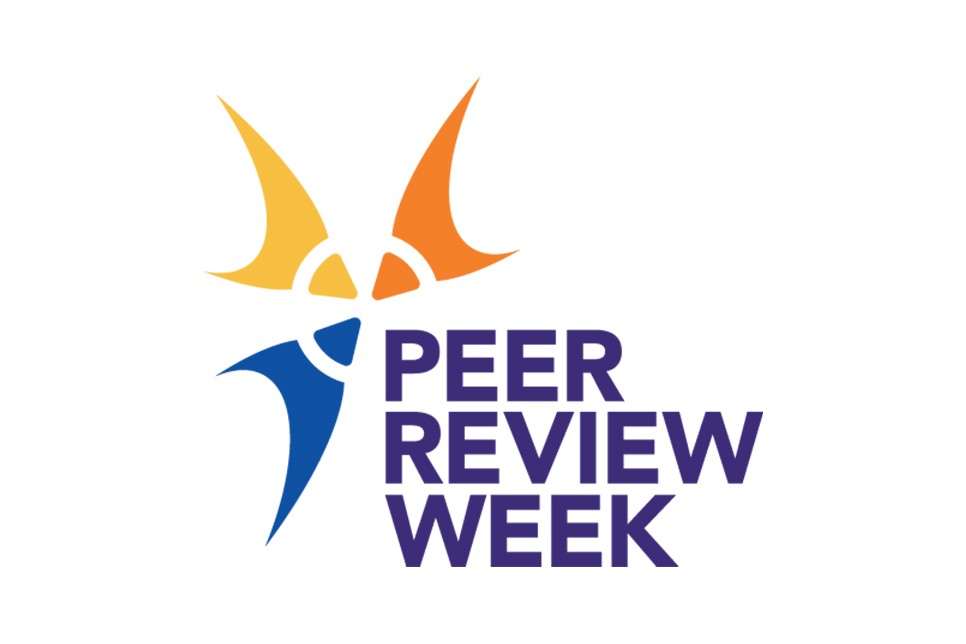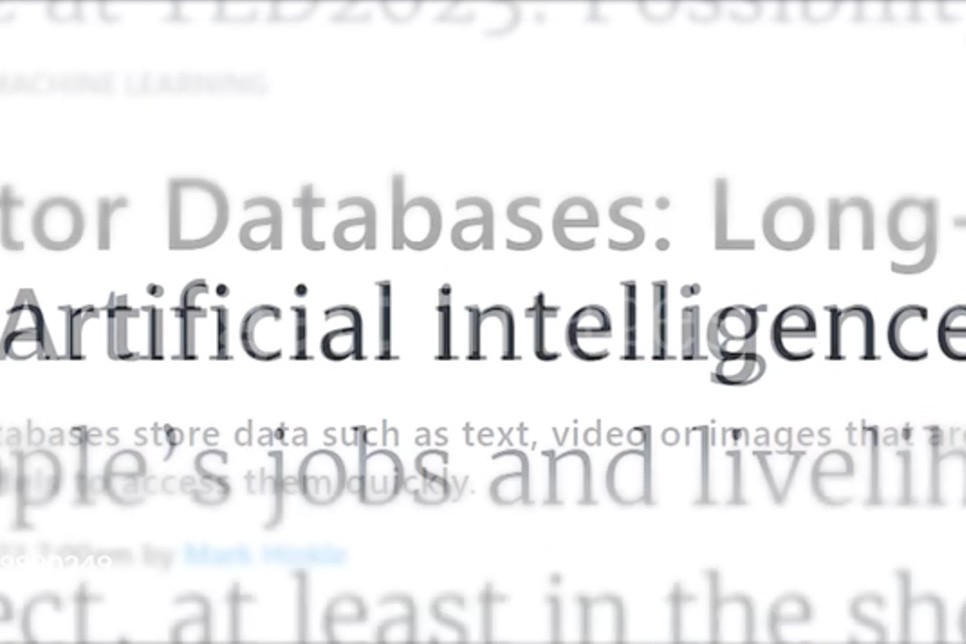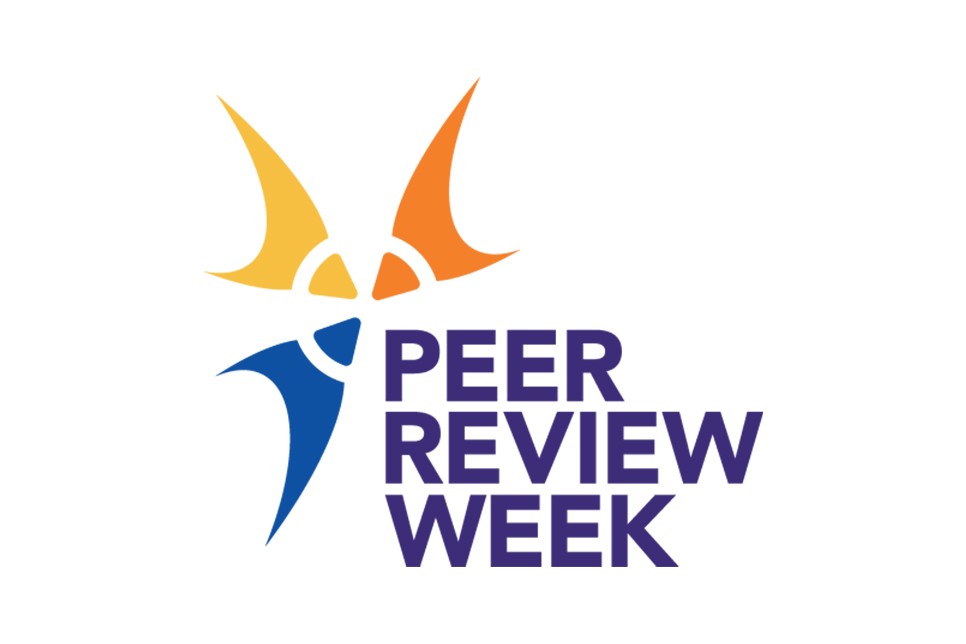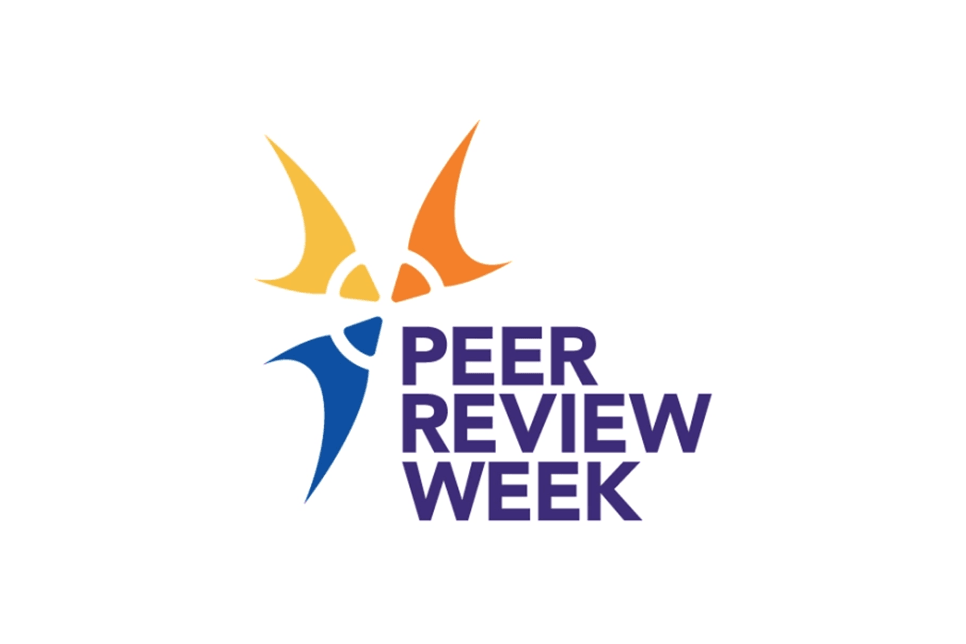For the last year and a half, the media and publishing world have generated a lot of buzz and discussion about one particular disruptive technology—artificial intelligence (AI).

Last month, customers, friends, and guest speakers from across the globe convened once again for our annual KGL PubFactory Virtual Series. During the course of the three-day event, a packed and topical agenda enabled the scholarly publishing community to share valuable insights, learnings, developments, advice and trends with their peers.

For Peer Review Week, KGL recently interviewed five scholarly journal editors and publishing professionals on the state of peer review in 2023.

During our recent community event, PubFactory Virtual Series: Industry Day, KGL’s Waseem Andrabi, VP of Learning Solutions, presented the different.
For Peer Review Week, KGL recently interviewed five scholarly journal editors and publishing professionals on the state of peer review in 2023.
For Peer Review Week, KGL recently interviewed five scholarly journal editors and publishing professionals on the state of peer review in 2023.
As part of the 2023 KGL PubFactory Virtual Series, on October 11 we hosted Industry Day, a half-day online seminar of insights, discussion, and practical takeaways for the scholarly publishing community.
Peer Review Week is an annual event to celebrate the value of peer review that brings together scholarly communication stakeholders, including academic publishers, associations, institutions, and researchers.
KGL Editorial recently interviewed five scholarly journal editors and publishing experts on the unique aspects they consider in their peer review process.







